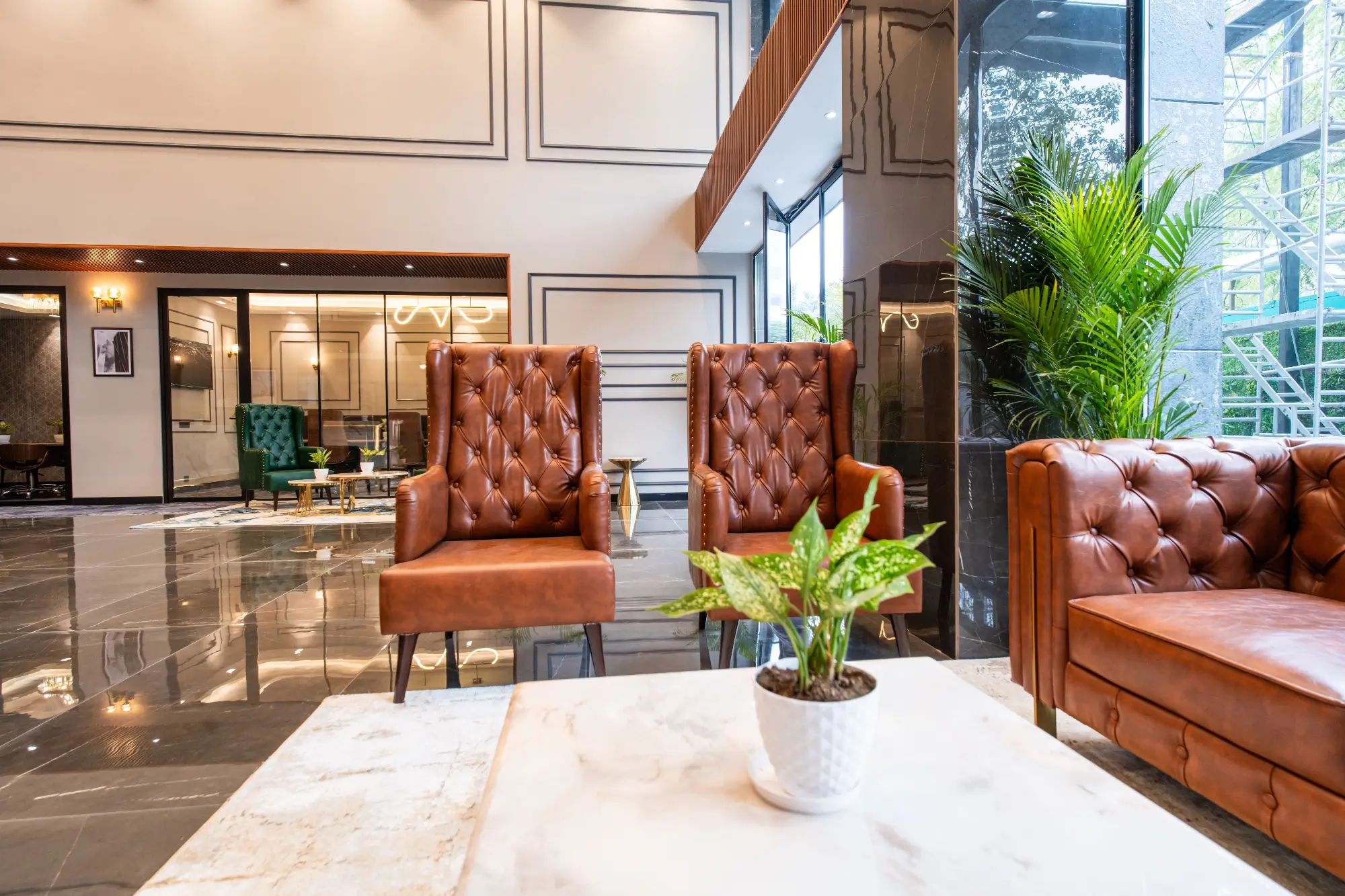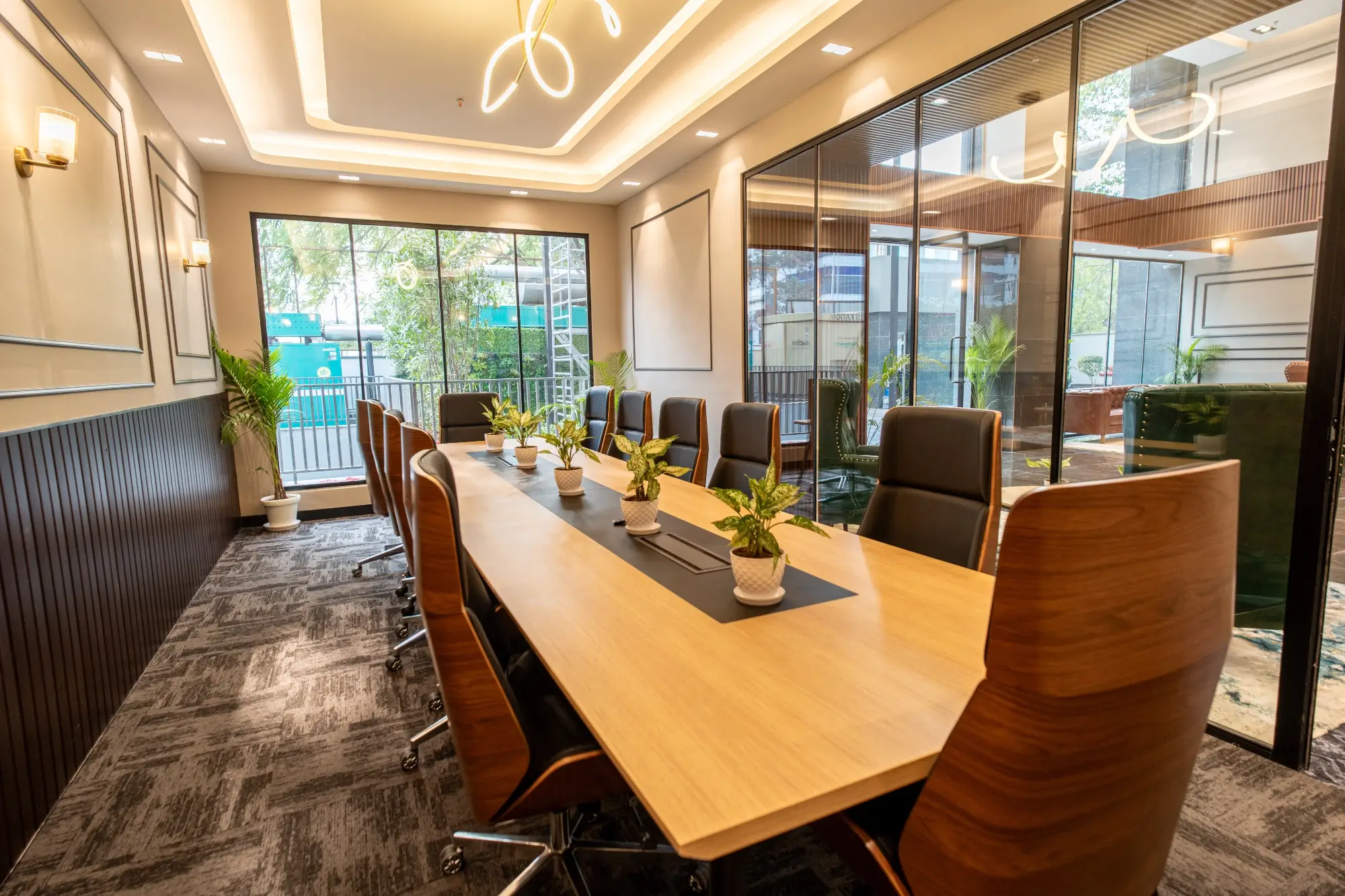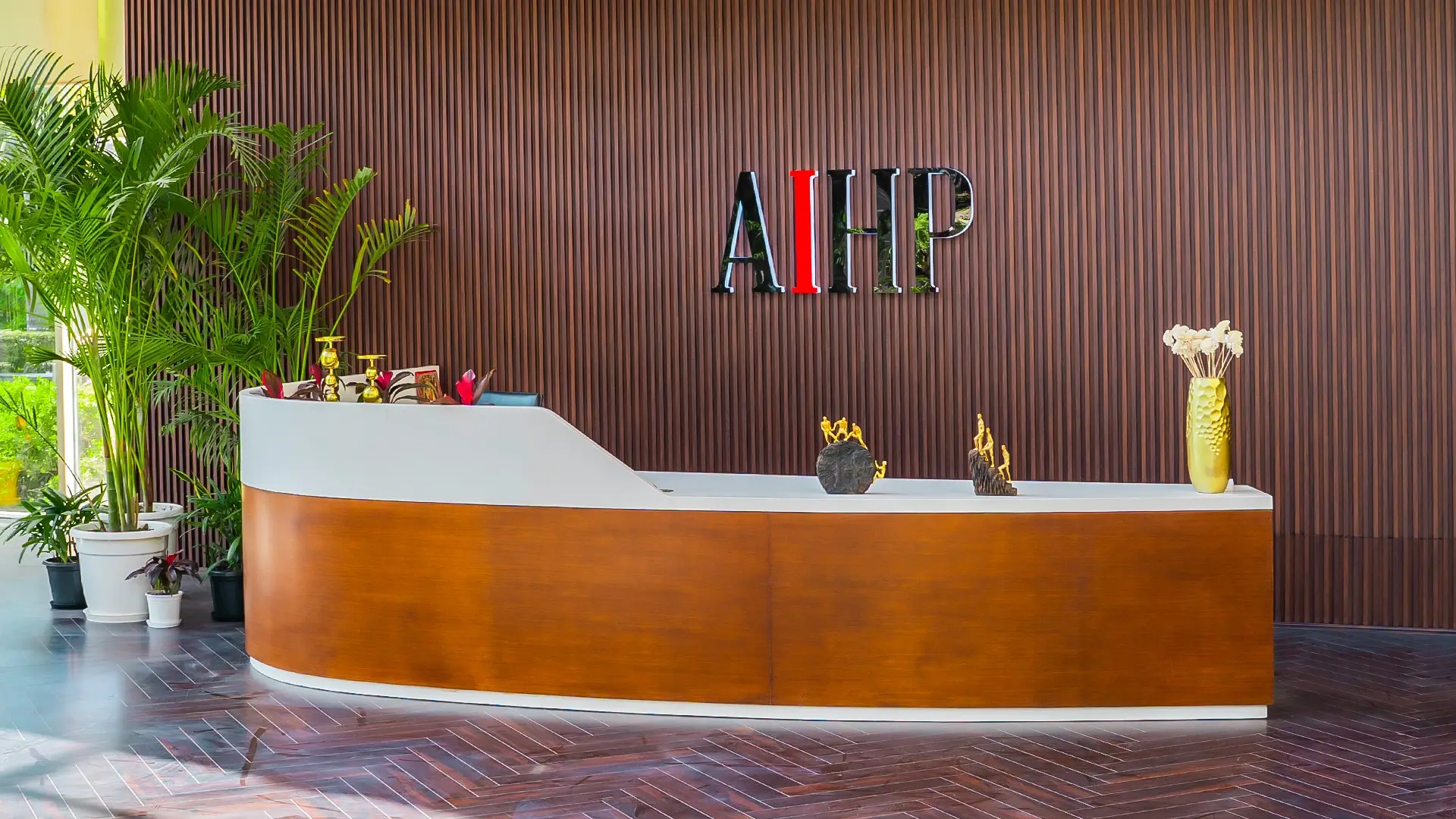Turning rent into a growth engine
A prime floor in Cyber City looks like a bargain at ₹150 / sq ft—until the ₹3,500 / sq ft fit-out invoice lands on your desk. A zero-CapEx office erases that up-front pain: one bundled licence fee, move-in-ready interiors, and a balance sheet free to fund product, not drywall. The model went mainstream after headline transactions such as Google’s 550,000 sq ft Gurgaon lease and Nagarro’s 700,000 sq ft deal—both struck with managed-workspace operators and both funded with zero tenant CapEx.
What “Zero-CapEx” really means
From shell-and-core to plug-and-play
A conventional lease hands you concrete and a long checklist of permits. In a zero-CapEx model the operator bankrolls interiors, IT backbone and compliance, then charges an all-inclusive desk fee.
How the managed-office engine runs
- Bulk real-estate contracts at wholesale rents
- Standardised fit-outs delivered at scale
- Licence fee of ₹18k–₹22k per desk/month
- Ancillary revenue from parking, large event rooms, premium bandwidth
Tenants see zero CapEx and rapid hand-over; providers monetise space like SaaS over 5-10 years.

Cost breakdown: zero-CapEx vs. traditional fit-out
Traditional Grade-A lease (Cyber City, 2024) – data from CBRE India Office Market Update Q1 2024
- Base rent: ₹140–₹155 / sq ft
- CAM: ₹20–₹25 / sq ft
- Utilities & diesel: ~₹15 / sq ft
- Soft services: ~₹8 / sq ft
- Fit-out: ₹3,200–₹3,800 / sq ft
- Deposit: nine months’ gross outgo
Zero-CapEx managed office (AIHP/Table Space/Smartworks)
- Licence fee ≈ ₹200 / sq ft (desk density 100 sq ft)
- Deposit: three months’ licence
- Fit-out, CAM, utilities, compliance: all included
Up-front difference on 20,000 sq ft: ₹8.1 cr (traditional) vs. ₹1.2 cr (managed) – 85 % less capital tied up.
How providers make money—and why tenants still save
- Wholesale rent arbitrage – master leases often capture 15–20 % discounts that single tenants can’t touch.
- Denser space planning – 100 sq ft per desk vs. 130–140 sq ft corporate norm.
- Shared amenities – lounges and war rooms monetised across multiple occupiers.
Even after margin, tenants’ effective cost per seat is 10–25 % lower once amortised fit-out and under-used square footage are factored in.

Who benefits most from a zero-CapEx office?
- Hyper-growth start-ups scaling 50 % a year
- Global capability centres (GCCs) needing 500+ seats in < 12 months
- Project-based or hybrid teams with headcount swings each quarter
- Asset-light corporates chasing higher ROCE
- ESG-focused firms that need immediate LEED/IGBC credentials
Real-world results
- Google Gurgaon: saved 18 months of construction by choosing managed space over a built-to-suit campus.
- Nagarro: locked a 12-year, ₹2.9 cr/month licence yet spent ₹0 on interiors up front.
- FinTech pilot (AIHP): a 350-seat tenant cut first-year cash burn 60 % and trimmed ongoing opex 18 %.
Risks & how to mitigate them
- Lock-in clauses: negotiate step-down penalties or expansion rights.
- Brand customisation limits: pay for branded zones or co-fund signature areas.
- Provider concentration: pick operators with diversified portfolios and strong balance sheets.
Decision checklist
- Headcount forecast uncertain? → flex.
- CapEx ceiling under ₹5 cr? → flex.
- Need bespoke R&D labs? → traditional.
- Exit horizon < 5 yrs? → flex.
- ESG deadline next year? → flex delivers ready-made certifications.

Conclusion – free your balance sheet, fuel your vision
Zero-CapEx offices move cash from drywall to innovation, shave a year off “go-live” dates, and still undercut traditional run-rates once fit-out is honest-priced. If speed, agility and capital efficiency top your 2025 brief, plug-and-play wins. Ready to see exact numbers for your team? Book a walkthrough with AIHP—get a tailored cost model in 48 hours and keep your crores where they belong: powering growth.
Frequently Asked Questions (FAQs)
Typically 90–120 days versus 9–12 months for a traditional fit-out.
Enterprise blocks (300+ seats) often secure 5–10 % discounts or added customisation.
Tier-1 providers offer dedicated server rooms, private VLANs and ISO 27001 compliance.
Most contracts include first-right expansion within the campus at pre-agreed rates.
Yes—leases above 500 k sq ft enjoy the incentive, regardless of who funds the interiors.



